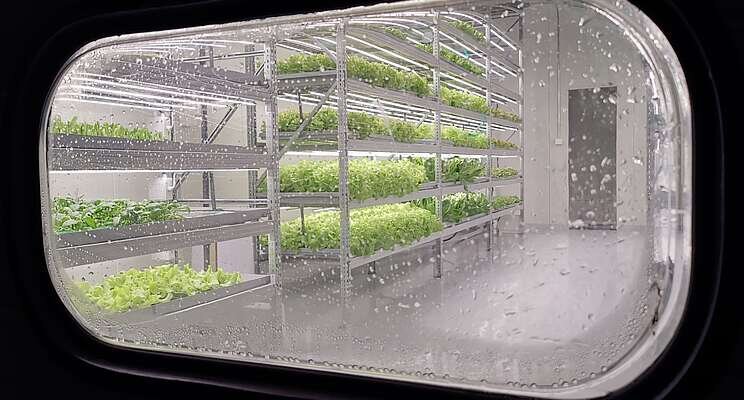Vertical farms: A rising form of agriculture
Added on 31 May 2022

Architect Nona Yehia is one of the founders of Vertical Harvest, which opened in 2016. She said, "Jackson has a four-month growing season, and so we really wanted to extend that. What we had was this plot of land, 30 feet wide by 150 feet long. So, we decided, 'Well, what if we go up? Could we make more food?'"
And not just lettuce: "There's snow outside on the mountain, and we're still producing tomatoes for our community," she told correspondent Martha Teichner.
And all kinds of microgreens, including samples for their edible flower program: "This is kind of a little bit of our Willy Wonka part of the tour where you never know what you're going to get!"
Vertical farming is possible because LED lighting has gotten cheaper and more efficient. The plants need very little water. They don't live in soil; they're fed solutions of nutrients, but practically no pesticides.
In 2010, when now-retired Columbia University professor Dickson Despommier wrote the book coining the phrase "vertical farms," they were all but non-existent. By 2026, vertical farming is expected to be a $10 billion-a-year industry worldwide.
Teichner asked, "What is the potential for vertical farms?"
"I think they can achieve 100% food coverage for urban populations," Despommier replied.
"Can vertical farms answer the need in food deserts?"
"Oh yes, absolutely. I mean, if there's no vertical farm there, put one there!"
Vertical Harvest has just broken ground on a much larger facility near Portland, Maine, the first of 10 in the planning stages for cities around the country.
Continue reading.
Photo Courtesy of iFarm
Source: Yahoo News
More news















